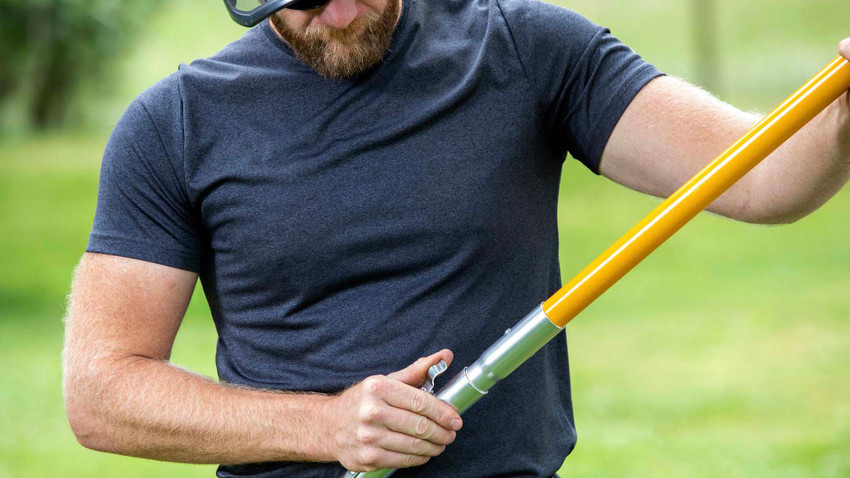Pole Tool: Periodic Inspection Checklist
Pole tool inspection is not only a compliance requirement but also good practice to ensure proper function and protection for workers. This one page sheet will give you the top things to check in your regular inspection cycle to help remind field workers of the key points and to create better inspection habits. If you are working near electrical conductors remember to get your Fiberglass Reinforced Poles inspected every 2 years to ensure OSHA compliance and safety for your crews.
POLE TOOL - PERIODIC INSPECTION CHECKLIST
Visual Inspection Checks
Surface Inspection
- Scratches, gouges, cracks, cuts, nicks, and dents
- Dull finish, excessive wear, and delamination
- Signs of electrical tracking, burn marks or blistering
End Fitting and Mechanical Part Inspection
- Proper operation
- Cracks, bending or other visible damage
- Excessive wear
How to Inspect
Minimum PPE: Gloves, Eye Protection
Using a gloved hand, perform a touch inspection of the entire pole section starting at one ferrule end and finishing at the opposite ferrule end. Make sure to inspect all sides equally and thoroughly. While performing a touch inspection of the pole section you also should be visually inspecting for signs of wear, cracks, dents, cuts, blistering and other signs of electrical contact damage.
After completing touch and visual inspection of each pole section, perform a touch and visual inspection of any adapters or connectors that are connected to the pole section. Ensure proper operation of the connection link (male and/or female ferrule). Ensure the holes for locking pins have not been enlarged from use or damage. Check ferrules for tightness to ensure no movement in rivet/bolt. Also check for connecting sections or extending pole sections if applicable.
Lastly check operation and/or cutting surface of any adapter or connector tool placed on the pole for correct operation, tightness of hardware, sharpness, and proper storage scabbard to protect the adapter/connector and workers when not in use from accidental contact.
Dielectric Periodic Testing Information
All fiberglass-reinforced product (FRP) tools should be electrically tested at least once every two years, per OSHA guidelines.
Heavily scarred sticks consistently fail wet and dry tests, even after cleaning and applying wax or silicone.
It’s important to remember that refinishing will only partially restore surface integrity.

